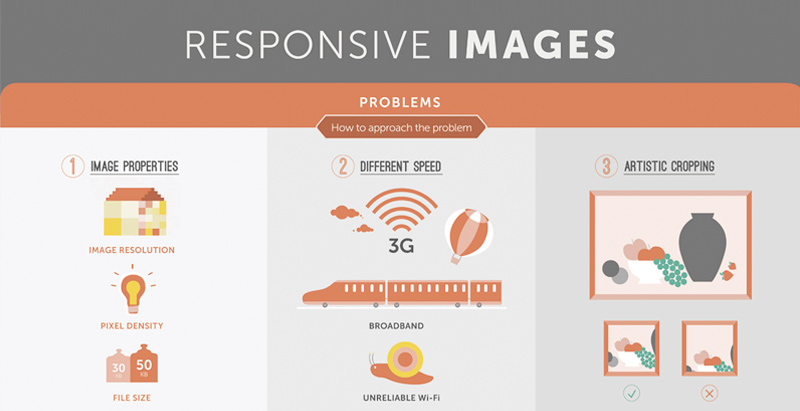Keen To Find How Internet Site Layout Has Changed Over Time? Dive Into The Evolution From Simplicity To User-Focused Experiences
Keen To Find How Internet Site Layout Has Changed Over Time? Dive Into The Evolution From Simplicity To User-Focused Experiences
Blog Article
Post By-Kahn Stender
In the past, web sites were straightforward and focused on info. Navigation was straight, and layout was for desktop computers. Now, individual experience is vital. Data guides layouts for easy navigating. Receptive layouts match different tools. Today, dark mode lowers stress, and minimal menus enhance navigation. Interactive features involve customers, and vibrant visuals stick out. AI integration boosts interaction. See just how https://www.forbes.com/sites/garydrenik/2022/06/30/why-its-time-for-marketers-to-believe-the-metaverse-hype/ has advanced to enhance your on the internet trip.
Early Days of Website Design
In the very early days of web design, simplicity preponderated. Websites were fundamental, with minimal colors, typefaces, and layouts. The focus got on supplying information as opposed to fancy visuals. Individuals accessed the internet with sluggish dial-up links, so rate and performance were vital.
Navigation menus were straightforward, generally situated at the top or side of the web page. Internet sites were designed for desktop computers, as mobile surfing had not been yet prevalent. Material was king, and designers prioritized easy readability over complex design components.
HTML was the key coding language made use of, and developers had to work within its restraints. Animations and interactive functions were minimal compared to today's standards. Internet sites were static, with little dynamic web content or tailored customer experiences.
Surge of User-Focused Design
With the development of internet site layout, a shift towards user-focused design concepts has actually come to be increasingly famous. Today, creating web sites that focus on individual experience is crucial for engaging site visitors and attaining business objectives. User-focused style involves comprehending the needs, preferences, and behaviors of your target audience to tailor the website's format, content, and includes as necessary.
Designers now carry out extensive research study, such as individual surveys and usability testing, to gather insights and feedback straight from individuals. This data-driven technique aids in developing user-friendly navigating, clear calls-to-action, and visually enticing user interfaces that reverberate with visitors. By placing the individual at the center of the layout process, internet sites can supply a more tailored and satisfying experience.
Responsive layout has also emerged as an essential facet of user-focused layout, making certain that sites are enhanced for various tools and screen dimensions. This adaptability enhances availability and usability, dealing with the varied methods users interact with websites today. Basically, the increase of user-focused design symbolizes a shift towards producing digital experiences that focus on the requirements and expectations of the end user.
Modern Trends in Web Design
Discover the current patterns shaping website design today. One popular fad is dark setting design, supplying a smooth and modern-day look while minimizing eye stress in low-light settings. Another crucial trend is minimalist navigating, simplifying menus and enhancing customer experience by focusing on essential elements. Incorporating micro-interactions, such as computer animated buttons or scrolling effects, can create a more engaging and interactive web site. Receptive design stays important, making sure smooth user experiences across different tools. Additionally, making use of strong typography and asymmetrical formats can add visual passion and draw attention to specific web content.
Incorporating AI modern technology, like chatbots for customer support or individualized recommendations, improves customer involvement and improves processes. Ease of access has also end up being a substantial pattern, with developers focusing on comprehensive style practices to cater to varied customer demands. Welcoming sustainability by optimizing website efficiency for rate and performance is an additional arising pattern in web design. Teaming up with customer responses and information analytics to repeat and boost layout continuously is crucial for staying relevant in the ever-evolving digital landscape. By embracing these modern fads, you can produce an aesthetically appealing, straightforward internet site that reverberates with your audience.
Verdict
As you review the evolution of internet site design from the early days to currently, you can see how user-focused style has actually ended up being the driving pressure behind modern patterns.
Embrace the journey of modification and adaptation in web design, always maintaining the user experience at the forefront.
Stay existing with the most recent patterns and innovations, and never stop developing your method to produce visually sensational and user-friendly internet sites.
Progress, adjust, and produce - the future of website design is in your hands.
